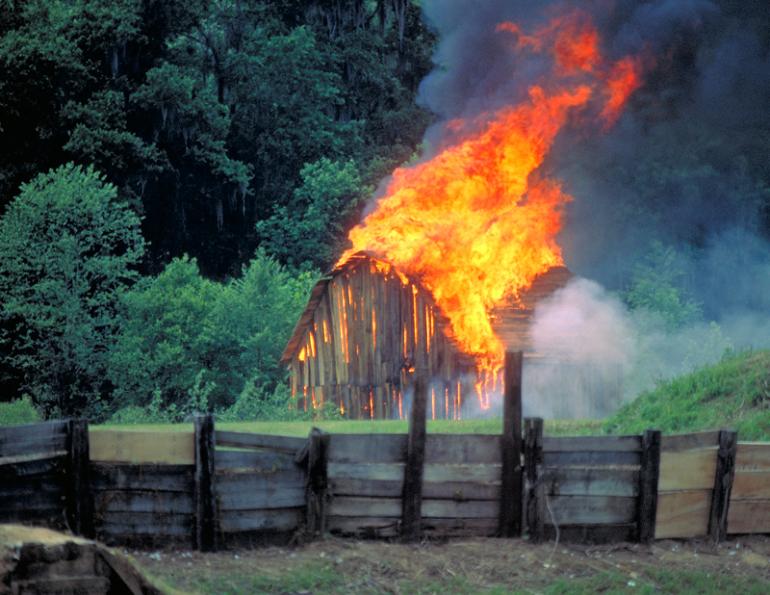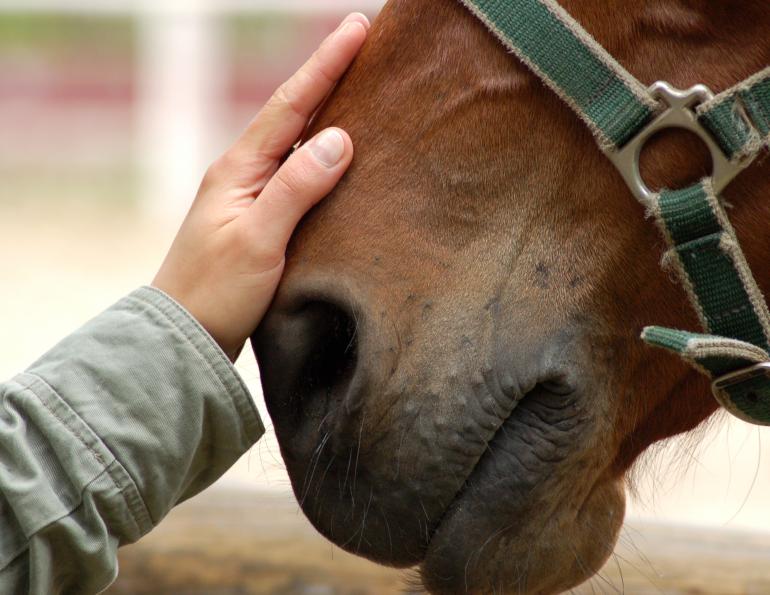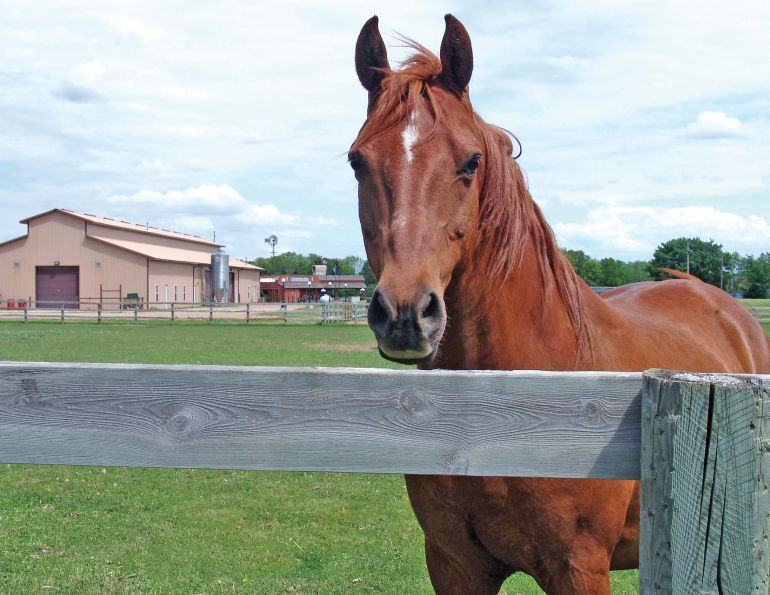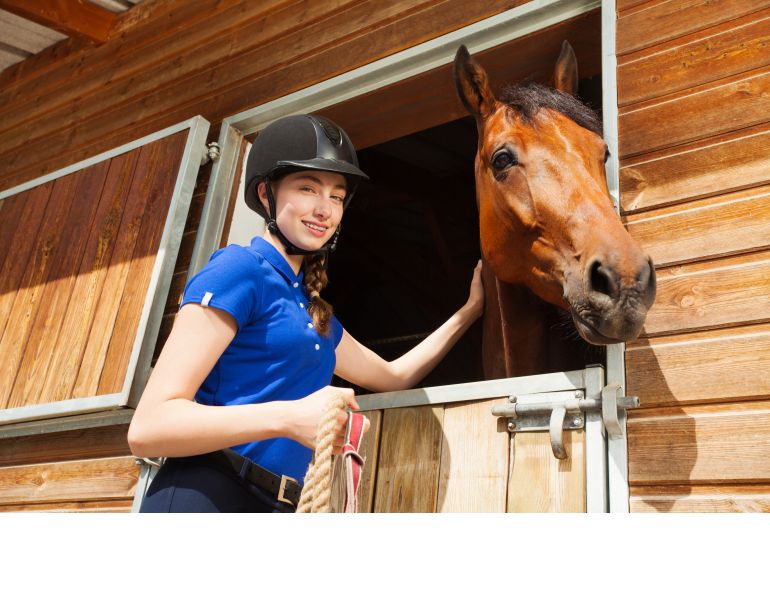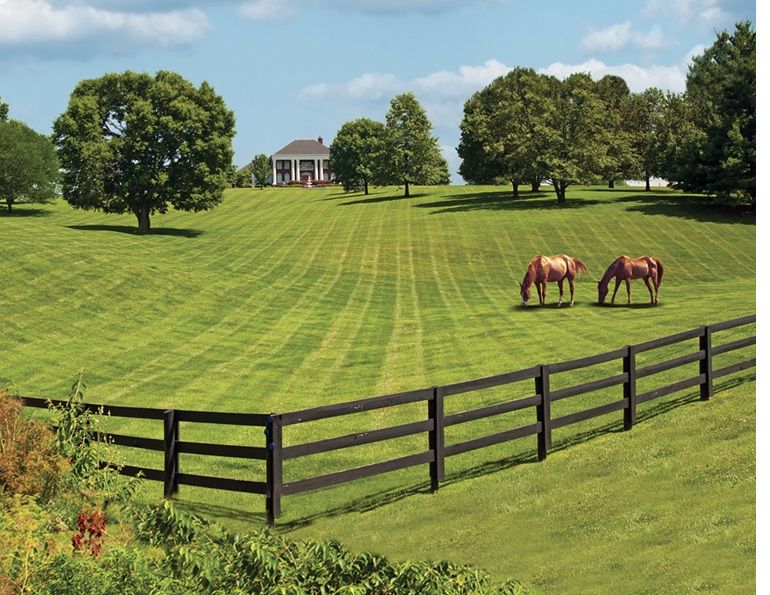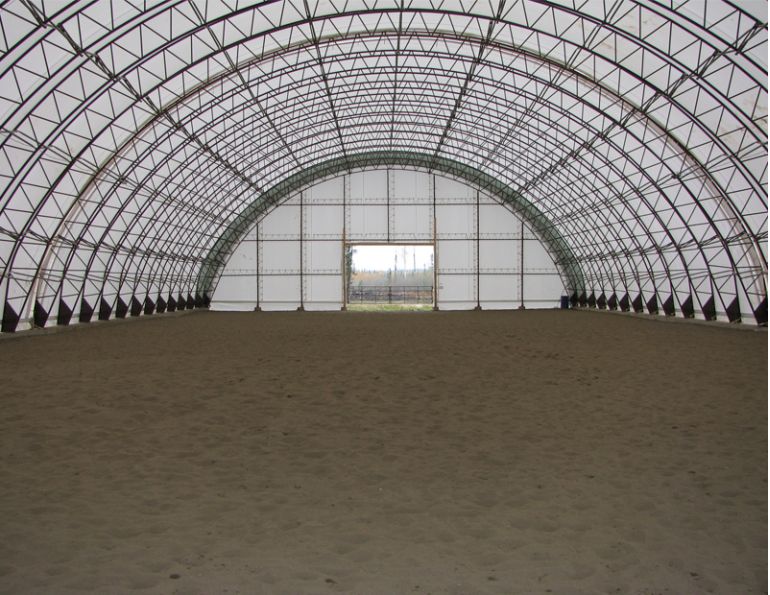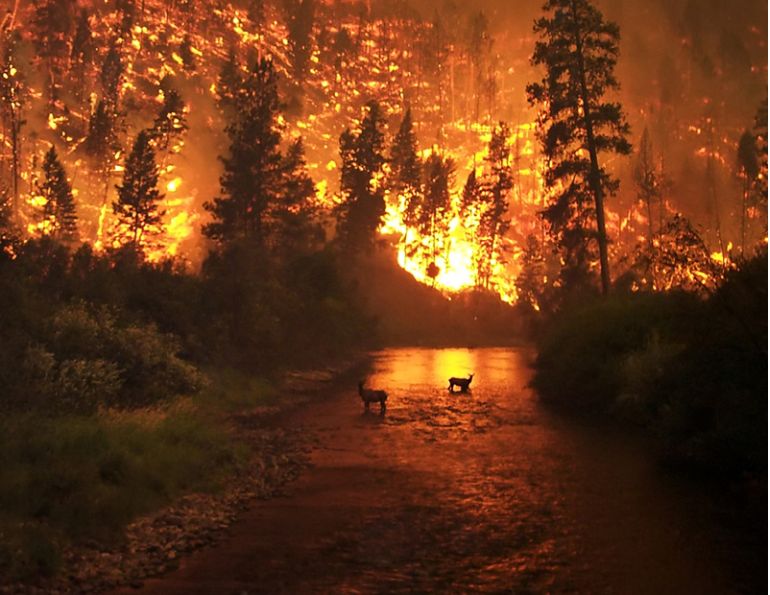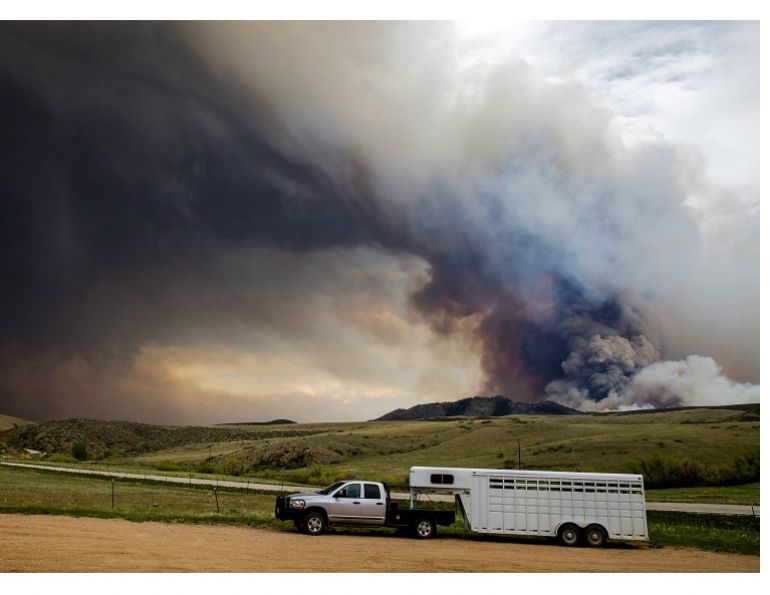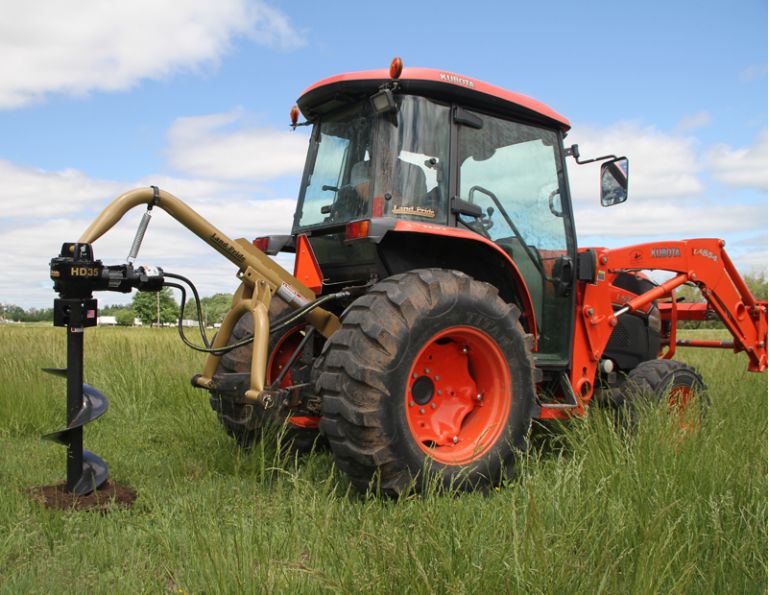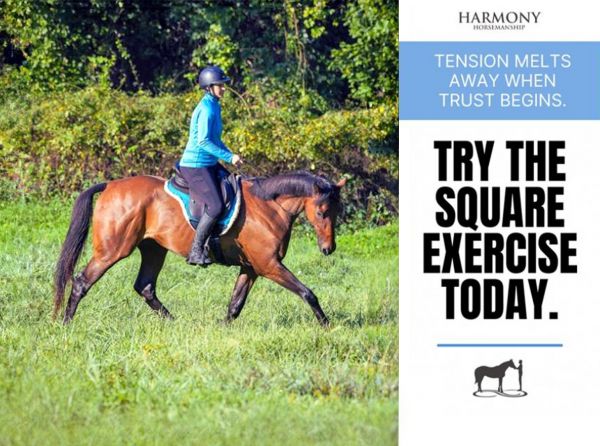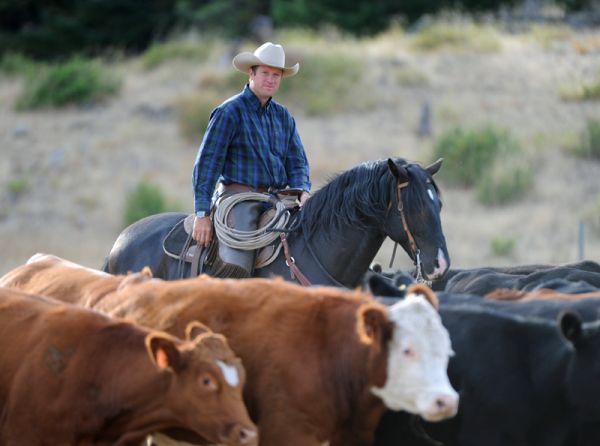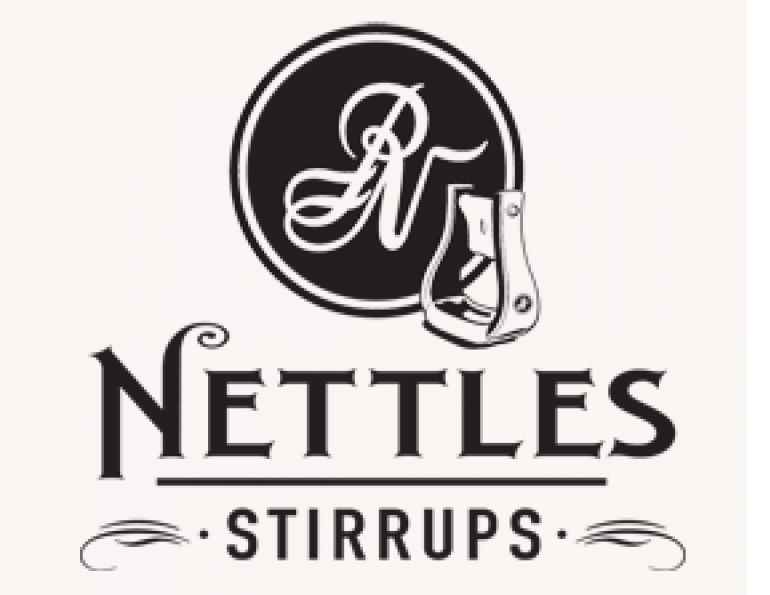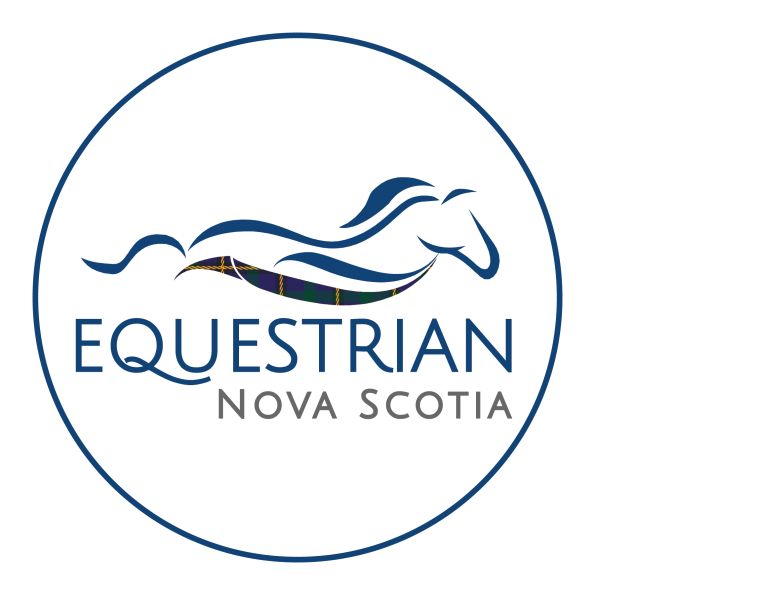By Melanie Huggett
To our horses, and to many horse people as well, the barn is home. This often simple building is a place of rest, relaxation, and recuperation, of learning and training, of health and security, and of friendship and bonding. But if not built or managed properly, the barn can also become a danger; and even if we try our hardest to be vigilant, accidents and emergencies can and do happen. Following are tips to improve safety in the barn, and increase your chances of a positive outcome in the event of an emergency.
In and Around the Barn
When building or buying a barn, or choosing a stable at which to board your horse, safety should be a priority. Aisleways should be a minimum of eight feet wide — enough room so that a horse can turn around and two horses can pass easily. Ceilings in areas where horses will be, such as aisleways, cross-tie areas, and stalls, should be tall enough so that a rearing horse cannot hit his head.
Lighting fixtures should be encased in a protective metal cage, or high enough that horses cannot reach them. Any electrical wiring, switches, or plugs should be placed out of horses’ reach and covered in weatherproof metal boxes or conduit. According to the Langley, BC Township Fire Department, electrical problems are the number one cause of barn fires, so pay special attention to electrical wiring installation and repair.
Flooring should be level and non-slip, even when wet; options include texturized concrete, textured rubber tiles, gravel, or dirt. Windows that horses have access to should be made of Plexiglas or safety glass and covered with metal screening or steel bars. Stall doors should open easily and fully, and should always open out into the aisle, never into the stall; doors that slide sideways on rollers are considered the safest. Ensure all doors and latches will close fully and securely. Avoid locking the stall doors of horses that are escape artists, as doing so can make it impossible to get them out quickly during an emergency.
Some additional safety options that you may want to consider are motion-detecting lights outside the barn, video monitoring, and fire sprinkler systems. Locks on tack room doors decrease chances of theft.
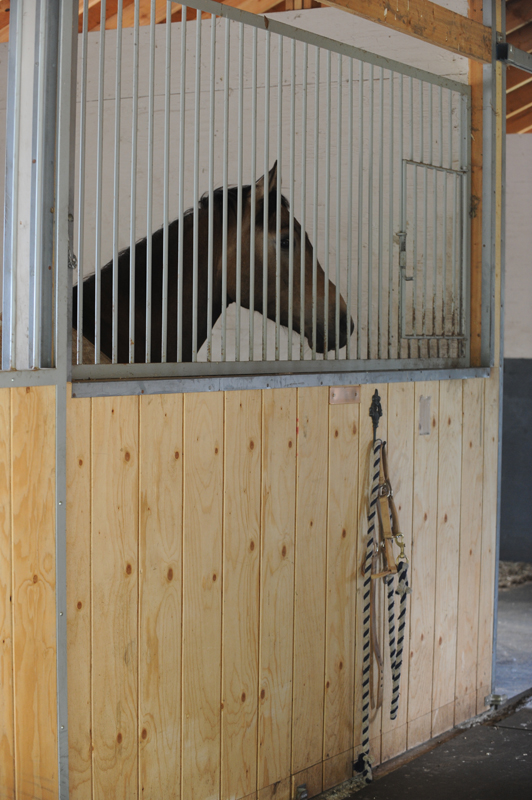
Be diligent about keeping your aisles and walkways clean and free of clutter, which can become a hazard in emergencies. Halters should always be hung from hooks, not left on the ground where a horse’s hoof could become entangled or a person could trip. Photo: Robin Duncan Photography
If the barn has a hay loft, make sure the ladder to reach it is securely attached to the wall or that stairs have sturdy railings and handrails. Any loft areas open to the floors below should also have railings. It is safer, however, to store hay and straw in a separate building away from the main barn due to its fire risk. Know how to stack hay properly to reduce chances of combustion and check your hay stack regularly for heat. Make sure hay, straw, bedding, and other flammable materials are placed well away from heat sources.
Keep aisle ways clean and free of clutter, which can quickly become hazardous in an emergency. Wheelbarrows, forks and brooms, hay and feed, buckets, and tack should be stored elsewhere. Halters and leads should be kept neatly on wall hooks, not left on the floor where a horse’s foot could become tangled in them. Provide garbage cans so waste can easily be thrown away. Chemicals, paint, pesticides, gasoline, or other potentially toxic or flammable materials should be stored well away from the barn.
Keep feeds and grains in a separate, secure room where horses cannot gain access. A loose horse able to gorge on feed may colic or founder. Feed should be kept in sealed, rodent-proof containers such as metal garbage cans, which will keep the feed fresh longer and free from contamination. Any medications or supplements should be kept out of reach of horses and children, such as in a lockable cabinet or a high shelf.
Wash stalls, crossties, and grooming areas should also be kept free of debris. Keep hoses coiled neatly on wall hangers. Crossties should have quick release snaps or have snaps attached using materials that will easily break if a horse spooks and pulls back (twine or leather string work well). Any electrical outlets or switches in wash stalls, bathrooms, or other “wet” areas should be GFI (grounds fault interrupter) type to protect against electrical shock.
If your barn has a lounge or an area with a microwave, kettle, coffee maker, etc., make sure these appliances are unplugged when not in use.
No smoking in the barn! Have strict rules banning smoking, lighters, and matches, and post no smoking signs in visible locations.
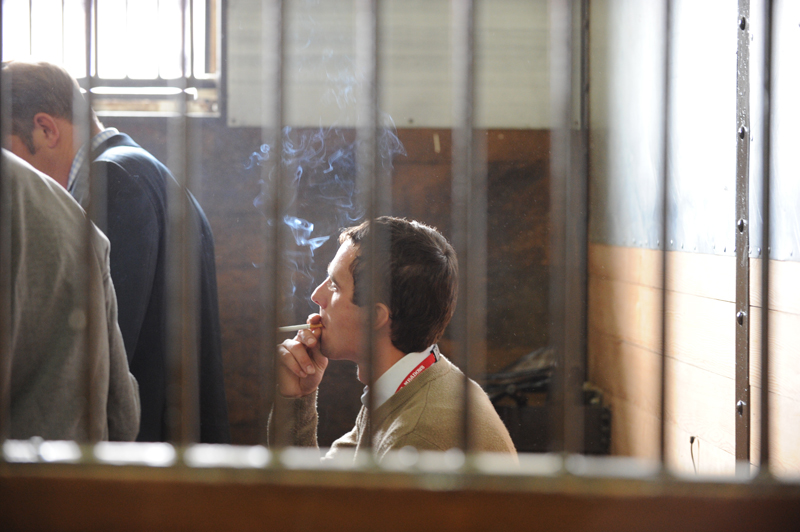
Smoking in a barn is a major “no-no!” Barns are typically full of fire hazards and flammable materials, so every precaution should be taken to reduce the chances of fire. Photo: Robin Duncan Photography
Outside the barn, trim back vegetation well away from the side of the barn and other buildings to act as a fire break. Any clutter around the yard, in paddocks, or in pasture, such as old boards, metal siding, or garbage, should be removed. Gutters with appropriately placed downspouts can divert water from areas where moisture or mud could be an issue. If you have gutters on your barn, remember to clean them or have screens installed so that leaves and debris cannot gather in them.
Fences should be sturdy and made of appropriate materials for holding horses. Avoid barb wire which can cause serious injuries and even death. If using wooden posts for your fences, choose the four-inch size and pound well into the ground. If you use metal T-posts, install plastic caps for your horses’ safety. Keep fences in good repair, replacing or repairing loose or broken fencing immediately. Gates should close securely so horses cannot escape.
It’s a good idea to make regular safety checks of the barn and property for potential hazards such as loose or protruding nails, broken latches, or debris in the yard. Sweep any cobwebs from the rafters when you notice them, as these can explode in flame during a fire.
Emergency!
It is always wise to be prepared for emergencies, both large and small. Have a plan in place so that if an emergency does arise, you can act quickly and calmly.
All barns should have well stocked first aid kits for both humans and horses in an easily accessible place. Remember to restock any items as they are used or expire.
Ideally, barn owners, managers, instructors, and trainers should have a good knowledge of first aid and CPR in case of a rider fall or accident. If an injury occurs, an ambulance should be called if the person:
- Is not breathing
- Does not have a pulse
- Is bleeding profusely
- Has impaired consciousness
- Has injured the back, neck, or head
- Has visible major trauma
Place in a noticeable location, such as the tack room or lounge, contacts for the barn manager, alternate barn contact person, and local emergency services (police, fire, ambulance, veterinarian, etc.), as well as the address of the barn and directions should they need to be given to emergency personnel.
The property address should be clearly marked from the road so it is easy to find. Also make sure there are wide enough driveway and parking areas so that the barn can be easily accessed by emergency vehicles. A fire truck needs approximately eight metres (25 feet) of space to park.
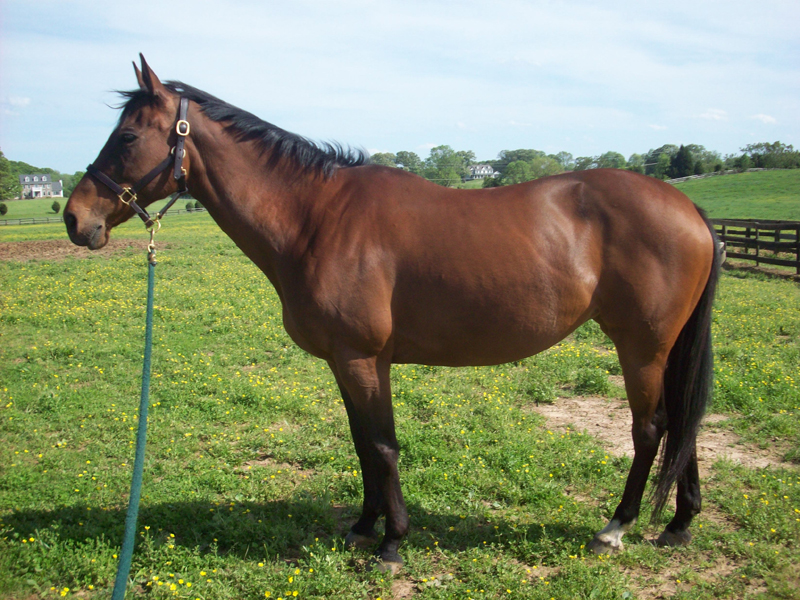
Take conformation photos from both sides as well as a frontal head shot of your horse, and note any unusual markings such as swirls, white marks, and scars on a piece of paper. Keep the photos and information in a binder in a separate location outside the barn, along with other important documents so it is easily available in case of theft or emergency.
Fire extinguishers should be placed at all entrances where they are easily accessible in case of fire but away from any heat sources and where they are not a tripping hazard. Fire extinguishers should also be located on each level of the barn, for example, on the main floor and in the loft. The barn owner should make sure that all boarders know how to operate the fire extinguisher, and what to do in case of emergency. Remember to have your extinguishers serviced regularly so you can be sure they will work in an emergency.
Smoke detectors are also a good idea and should be wired to set off an outside alarm and an alarm in the residence so they can still be heard if no one is in the barn.
In an emergency, horses are likely to panic and may refuse to leave their stalls, even if it puts them at greater risk. Lead horses out of their stalls individually, using blindfolds if necessary, and put them in a secure pen well away from the barn so they cannot run back into their stalls or escape and cause havoc.
Have records of your horses, including photographs for identification, medical records, registration papers, and any other important information, together in a binder or folder in case of emergency, theft, or natural disaster. Keep this information in a separate location outside the barn.
Have a plan in place for what you will do with your horses in the event of fire, flood, tornado, or earthquake and know what risks are present in your area. Plan ahead of time and find safe places away from home where you can move your horses in the event your barn or property becomes unsafe. Detailed disaster planning guidelines are available on the web or from your provincial equine sport organization — read them and start planning for the best results in a disaster.
By planning ahead and being diligent with barn safety, many potential injuries and emergencies can be avoided.



